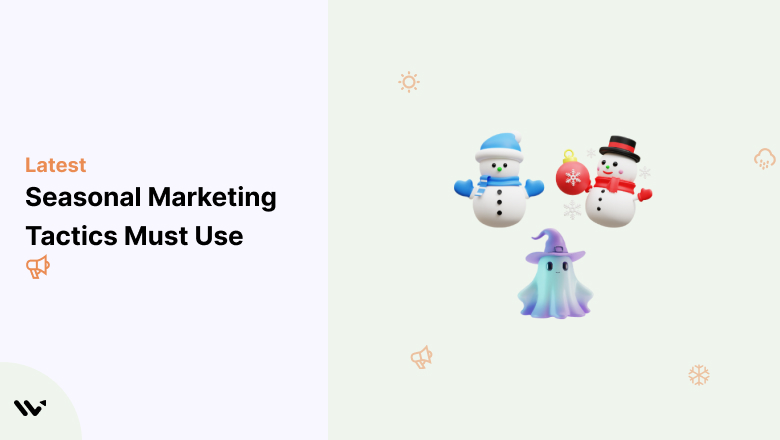Have you ever noticed how some businesses seem to get it right every season? Like that ice cream shop that brings out a new flavor just as summer hits – it’s seasonal marketing,
You can do that too!
A study shows that 67% of consumers are influenced by seasonal discounts and promotions when purchasing during holidays.
Seasonal marketing is a powerful way to connect with customers by tapping into emotions, needs and trends that emerge throughout the year.
Aligning your marketing with seasons, holidays, and cultural events can help you create campaigns that get noticed and resonate deeper.
In this post we’ll look at the power of seasonal marketing and how you can use it to grow your business.
Visitors leave your website without taking action?
They don’t trust your site or feel urgency to act. WiserNotify builds both, turning doubt into action & visitors into customers.
What is Seasonal Marketing?
Seasonal marketing capitalises on the changing seasons and holidays throughout the year. It involves creating marketing campaigns relevant to the current season or holiday and speaking to the target audience’s needs and interests at that time.
Key Elements of Seasonal Marketing Campaign
- Choose Best Timing: Plan and launch 2-3 months in advance to build anticipation and catch peak demand.
- Know Your Audience: Segment your audience so the campaign resonates with different customer groups.
- Compelling Offer: To create urgency, provide a strong, limited-time offer—discounts, bundles, or exclusive products.
- Brand Consistency: Use seasonal imagery and themes across all channels to create a cohesive message.
- Multi-Channel: Promote across email, social media, ads, and your website for maximum reach.
- Create Urgency: Add countdown timers or limited availability.
These ingredients will help your seasonal marketing campaign be effective, engaging, and produce results. A well-planned seasonal marketing strategy can help businesses get the most out of peak seasons by setting goals and understanding audience behavior.
12 Best Seasonal Promotions Marketing Strategies
To make the most of these opportunities, you must use strategies that resonate with your audience and create urgency. Below are some seasonal marketing strategies to help you boost your campaign.
Here, you can explore the best seasonal promotions marketing strategies you should consider implementing in 2025.
1. Start Early with Pre-Promotion
Starting your seasonal campaign early gives you time to build anticipation and get your audience to plan their purchases. Pre-promotion creates buzz and excitement and puts your brand on mind during the season.
A well-thought-out seasonal marketing plan can enhance your brand reputation and customer engagement by using specific holidays and events to create personalized content and promotions.
Send teasers via push notification, email or social media weeks before the official launch. Highlight the offers or early access to build hype.
2. Limited-Time Offers
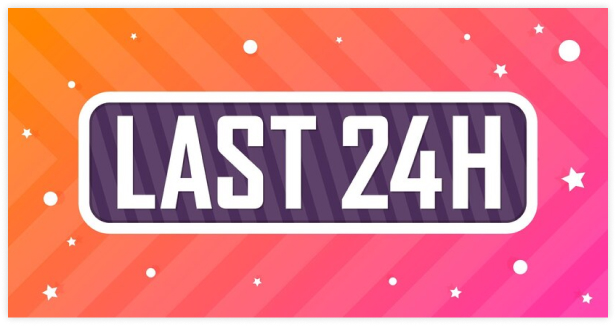
Nothing creates urgency like a limited-time offer. These short-term promotions create the fear of missing out (FOMO) and get customers to act fast before the offer disappears.
Use countdown timers on your website and in marketing emails to highlight the limited-time offer. Use “Today Only” or “Expires in 24 Hours.”
3. Themed Bundles
Offering product bundles specific to the season or event can increase average order value and make gift-giving easier for your customers.
By combining related products at a discounted rate you’re providing more value and clearing inventory.
Create bundles like “Holiday Gift Sets” or “Summer Essentials” and promote them as limited-time offers with special pricing.
4. Flash Sales with a Twist
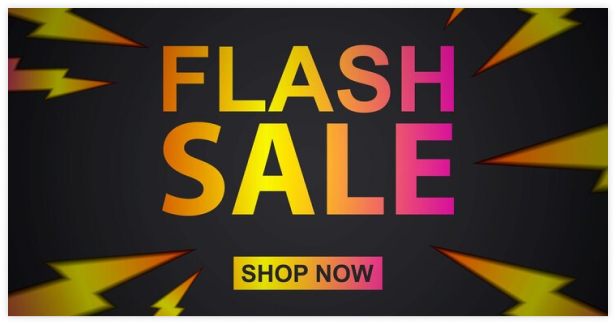
Instead of a traditional flash sale, launch surprise flash sales at random times during the season.
Keep customers engaged by not telling them exactly when but hinting at it so they keep an eye on your emails or social media.
Use phrases like “Stay Tuned for a Big Surprise!” and encourage followers to turn on notifications for your social accounts or subscribe to your emails to get first access.
5. Use User-Generated Content
Use a UGC campaign to get your customers to share their seasonal experiences with your products.
Offer a prize for the best photo or video of them using your products during the season.
Create a hashtag (e.g., #MyHolidayLook or #WinterWith[YourBrand]) and ask customers to share their posts to win a seasonal prize.
6. Gift Guides
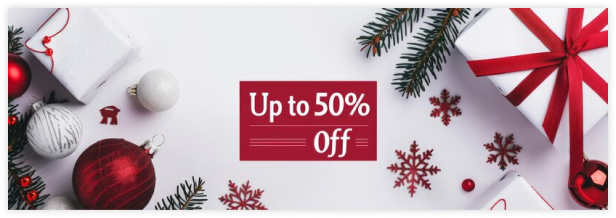
Gift guides make shopping easier for customers during peak seasonal periods.
Curate a list of your products under categories like “Gifts for Him”, “Gifts Under $50” or “Holiday Must-Haves” so customers can find the perfect gift quickly.
Publish your gift guide on your website and promote it through social media and email campaigns. Make it look nice and easy to navigate.
7. Influencer Collaborations
Influencers can help amplify your seasonal campaigns to a wider audience.
Partner with influencers aligned with your brand to increase credibility and trust especially if they create content around your seasonal offers.
Collaborate with influencers to feature your products in their gift guides or seasonal posts. Give them discount codes or exclusive offers to share with their audience.
8. Scarcity Messaging
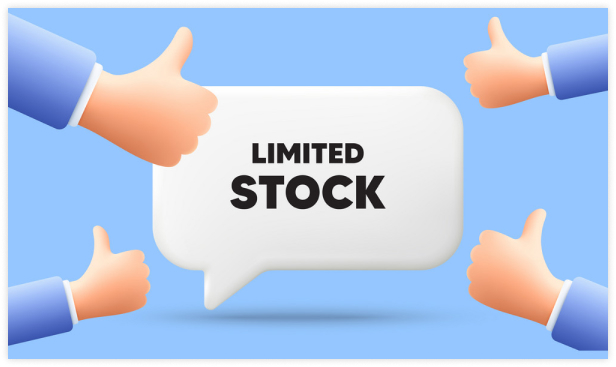
Scarcity messaging like “Limited Stock” or “Only a Few Left” is a great way to create urgency and get customers to make faster decisions.
Customers don’t want to miss out on exclusive deals or popular products.
Show product availability and use urgency-driven language in your email and website copy to encourage faster action.
9. Social Media Contests and Giveaways
Social media contests and giveaways are terrific for increasing brand visibility and engagement. By getting your followers to participate in a seasonal contest, you can create buzz around your brand and expand your reach through user-generated content.
Run a giveaway where participants tag friends, share posts or use a specific hashtag to enter. Offer a seasonal product or bundle as the prize.
10. Subscription Discounts
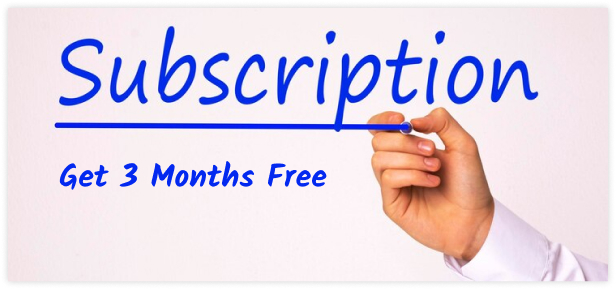
For businesses that offer subscription services, seasonal promotions are a great time to offer discounted rates or perks for signing up.
This will lock in long term customers and increase revenue.
Offer a “Get 3 Months Free” deal on annual subscription plans or a discounted rate for customers who sign up during the season.
11. Retargeting Ads
Not everyone will buy on their first visit. Retargeting ads allow you to remind those visitors about your seasonal offers and bring them back to your site.
Personalized retargeting can increase conversions by showing the exact products they viewed.
Set up dynamic retargeting ads to show products customers browsed or abandoned in their carts, paired with a seasonal discount or offer to entice them to return.
12. Flexible Payment Options

Flexible payment options like “Buy Now, Pay Later” (BNPL) can be effective when included in your seasonal marketing, especially during expensive seasons like Christmas. O
Offering payment plans makes it easier for customers to commit to more purchases without the financial burden of upfront purchases.
Benefits of Using Seasonal Marketing
Seasonal marketing is essential for businesses that want to get the most out of the busiest times of the year. By marketing to the unique characteristics of each season businesses can stand out from the competition and establish a strong market presence. Here are some of the benefits:
- Seasonal campaigns fall during peak shopping periods so you get more sales and revenue.
- Consistent, relevant campaigns build brand recognition and customer loyalty.
- Unique season-specific campaigns can help you stand out.
- Seasonal marketing lets you capitalize on high-traffic times of the year.
- Campaigns are tailored so marketing resonates with the audience’s needs and interests.
Key Seasons for Marketing Campaigns
Seasonal events allow businesses to align their campaigns with the times of the year when consumer behavior is naturally inclined to shop. Targeting these periods, including holiday spending, seasonal changes, or major events, can drive big sales and engagement. Below are the reasons every business should consider when planning campaigns.
1. Holidays
Holidays are the most prominent and lucrative times to run campaigns. Consumers are in buying mode during these times so perfect for promotions and special offers. Here are some of the key holidays to focus on:
- Christmas: Use festive branding and gift guides and promote early bird discounts leading up to the holiday.
- Black Friday: Promote your deals in advance and use urgency-driven messaging like “Limited Time Offers” or “While Stocks Last.”
- New Year: Offer “New Year, New You” sales and limited-time deals on products that align with New Year’s resolutions.
- Valentine’s Day: Promote “Gifts for Him/Her” or offer buy one get one free on products for couples.
It would be best if you planned for the upcoming holiday season to get the most out of consumer spending and your marketing.
Also See : 38 Christmas Marketing Techniques (Examples Included)
2. Seasonal Changes
Each season brings different consumer behaviour and needs so seasonal marketing campaigns are essential to optimise your strategy. Whether it’s winter gear, summer holidays or spring cleaning, adapting your campaigns to the natural rhythm of the year will help you be more relevant and drive more sales.
- Fall Promotions: Promote back-to-school offers, fall fashion collections, and Halloween specials.
- Winter Promotions: Run campaigns around warm, cozy products like sweaters, blankets, or winter-themed decor.
- Spring Promotions: Offer “Spring Cleaning” promotions, fitness sales or spring fashion launches. Focus on bright colors and themes of renewal in your marketing.
3. Event Based Opportunities
Events are a great way to engage with customers outside of traditional seasonal changes or holidays, so they are an important part of your seasonal marketing. Sporting events, festivals, and even pop culture moments provide opportunities for timely event-based campaigns.
- Sporting Events: Use event hashtags, offer game-day snacks or sports gear deals, or run competitions related to the event.
Successful Seasonal Marketing Examples
Lush – Christmas Collection
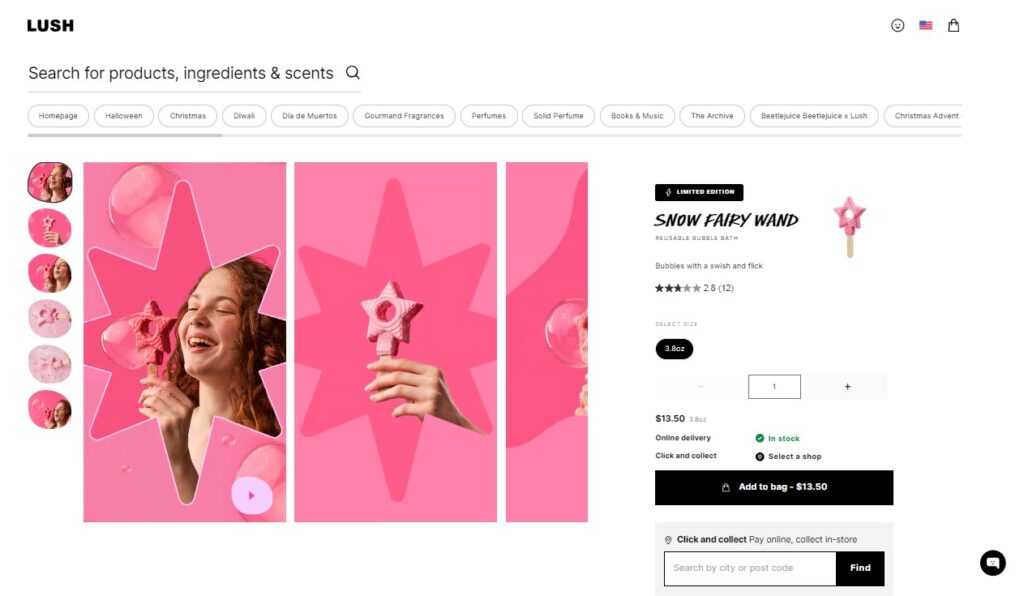
Every year, Lush releases a Christmas range that includes festive bath bombs, skin care products, and gift sets. The range is heavily promoted through social media, in-store displays, and email marketing campaigns and often sells out due to its popularity.
Why It Works:
- Limited edition holiday products create urgency and make customers feel they are getting something special.
- Lush creates a festive in-store experience with bright displays and holiday scents, customer experience.
- Eco-friendly packaging resonates with Lush’s eco-conscious audience and brand values.
Tiffany & Co. – Valentine’s Day Campaign
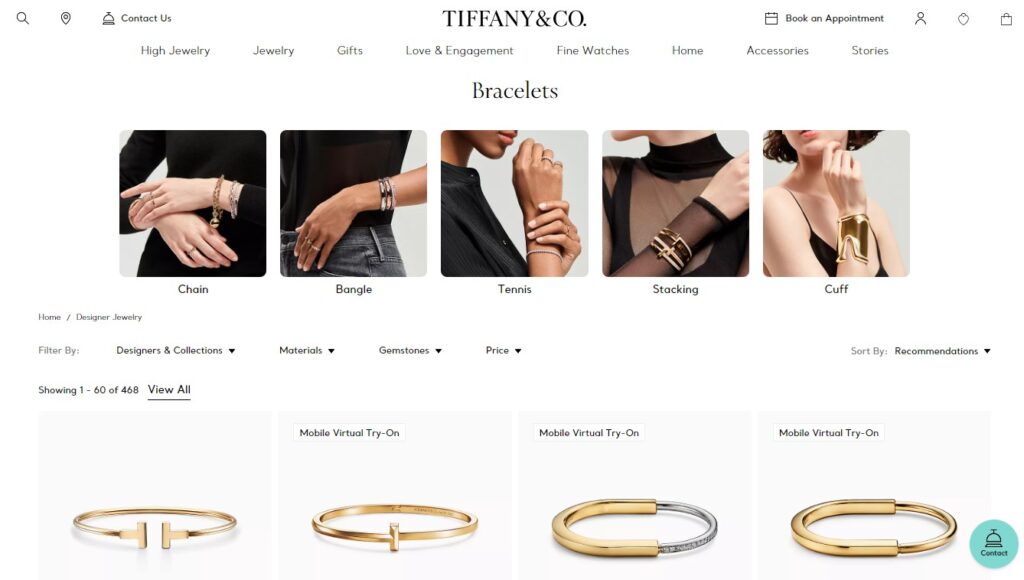
Tiffany & Co. is famous for its romantic Valentine’s Day campaigns, which showcase its iconic jewellery collections through emotional and aspirational storytelling. The campaign usually focuses on love and commitment, positioning Tiffany’s as the ultimate symbol of love.
Why It Works:
- Tiffany & Co. associate their brand with romantic moments, making their products aspirational for Valentine’s Day.
- The campaign has a timeless and luxurious brand image.
- Emotional appeal: Love and commitment is key for Valentine’s Day shoppers.
Zara – Summer Sale

Zara’s Summer Sale is a big event where the fast-fashion brand discounts seasonal products. Promoted heavily through social media, email marketing, and in-store signage, this sale drives online and in-store traffic during the summer.
Why It Works:
- Zara uses scarcity with deep discounts on summer styles, creating an urgency to buy.
- The sale is timed when customers are still in the market for seasonal products and tap into seasonal demand.
- The brand promotes heavily on social media and email, so the sale is at the top of the mind of a large audience.
Wrapping Up
Seasonal marketing is a great way to connect with your customers during key moments, such as holidays, seasonal changes, or big events.
These 12 seasonal marketing strategies will help you engage customers and boost sales. Align your campaigns with seasonal trends to maximize growth and stay ahead of the competition.
Planning and tailoring your offers to your customers’ needs will make your campaigns stand out. Add personalization, emotional storytelling, and urgency; you’ll see better results.
Whatever your business size, these will help you increase visibility, engage customers, and drive sales. Every season is an opportunity to grow.
